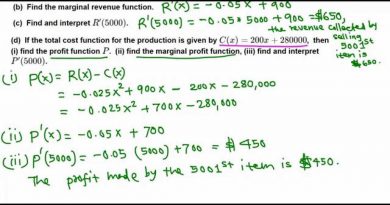Funds Available For Distribution Meaning Calculation

Contents
Funds Available For Distribution: Meaning, Calculation
What Does Funds Available For Distribution Mean?
Funds available for distribution (FAD) is an internal measure of the capital that a real estate investment trust (REIT) possesses to pay out to shareholders and unitholders.
A REIT holds income-producing properties and/or mortgages and is required to distribute its taxable net income to maintain REIT status. While there is no standardized method for calculating funds available for distribution, many REITs calculate FAD by adjusting the funds from operations value for straight-line rents, non-cash items, and recurring real estate-related expenses.
Key Takeaways
- REITs are required to pay 90% of taxable income to investors.
- There is no standardized method for calculating FAD.
- Many REITs calculate FAD by adjusting the funds from operations value for straight-line rents, non-cash items, and recurring real estate-related expenses.
Understanding Funds Available For Distribution (FAD)
A REIT is a pool of properties and mortgages offered as a security in the form of a unit investment trust. To qualify as a REIT, a property company must distribute at least 90% of taxable income to investors.
Funds available for distribution, a non-GAAP measure, are a proxy for a REIT’s cash flow. Another yardstick is the funds from operations (FFO) metric, but FAD is considered more representative of cash flow due to certain adjustments that provide a truer economic picture of a REIT’s operations.
Example of Funds Available for Distribution Calculation
Boston Properties (BXP) is a commercial property REIT that owns buildings in Boston, New York, San Francisco, Los Angeles, Washington D.C., and Reston, Virginia. In 2020, the REIT’s FAD payout ratio was 96.4% compared with 86.7% in 2019.
Boston Properties calculates FAD by adding to FFO lease transaction costs that qualify as rent inducements, non-real estate depreciation, non-cash losses (or subtracting gains) from early extinguishment of debt, and stock-based compensation expense; eliminating the effects of straight-line rent and straight-line ground rent expense adjustment; and subtracting maintenance capital expenditures, hotel improvements, and equipment upgrades and replacements. This list of adjustment items is not exhaustive, but it shows how cash and non-cash items are handled to present a more accurate figure of funds available for distribution to investors.
Boston Properties calculates FAD by adding to FFO lease transaction costs that qualify as rent inducements, non-real estate depreciation, non-cash losses (or subtracting gains) from early extinguishment of debt, and stock-based compensation expense; eliminating the effects of straight-line rent and straight-line ground rent expense adjustment; and subtracting maintenance capital expenditures, hotel improvements, and equipment upgrades and replacements. This list of adjustment items is not exhaustive, but it shows how cash and non-cash items are handled to present a more accurate figure of funds available for distribution to investors.



